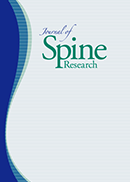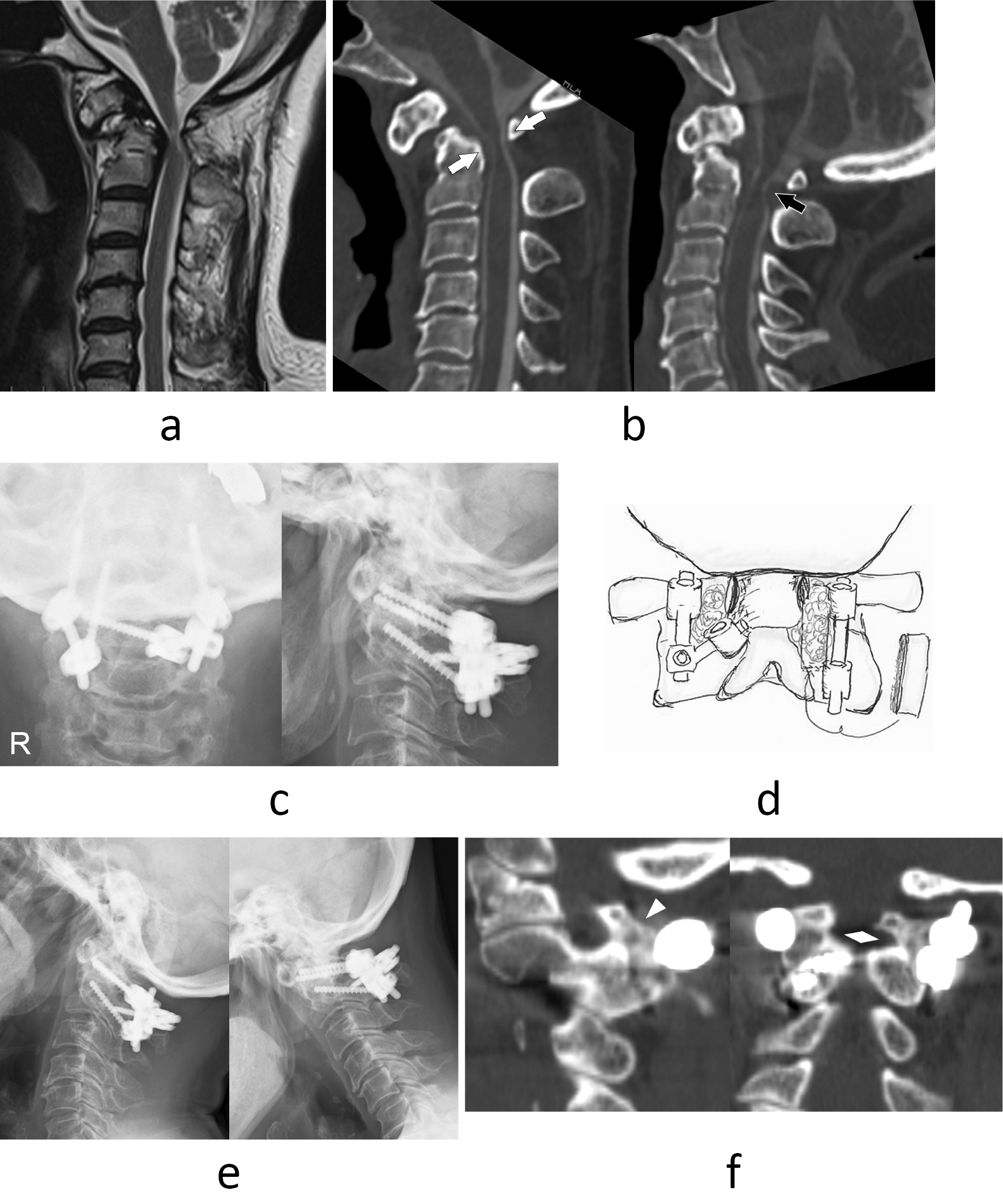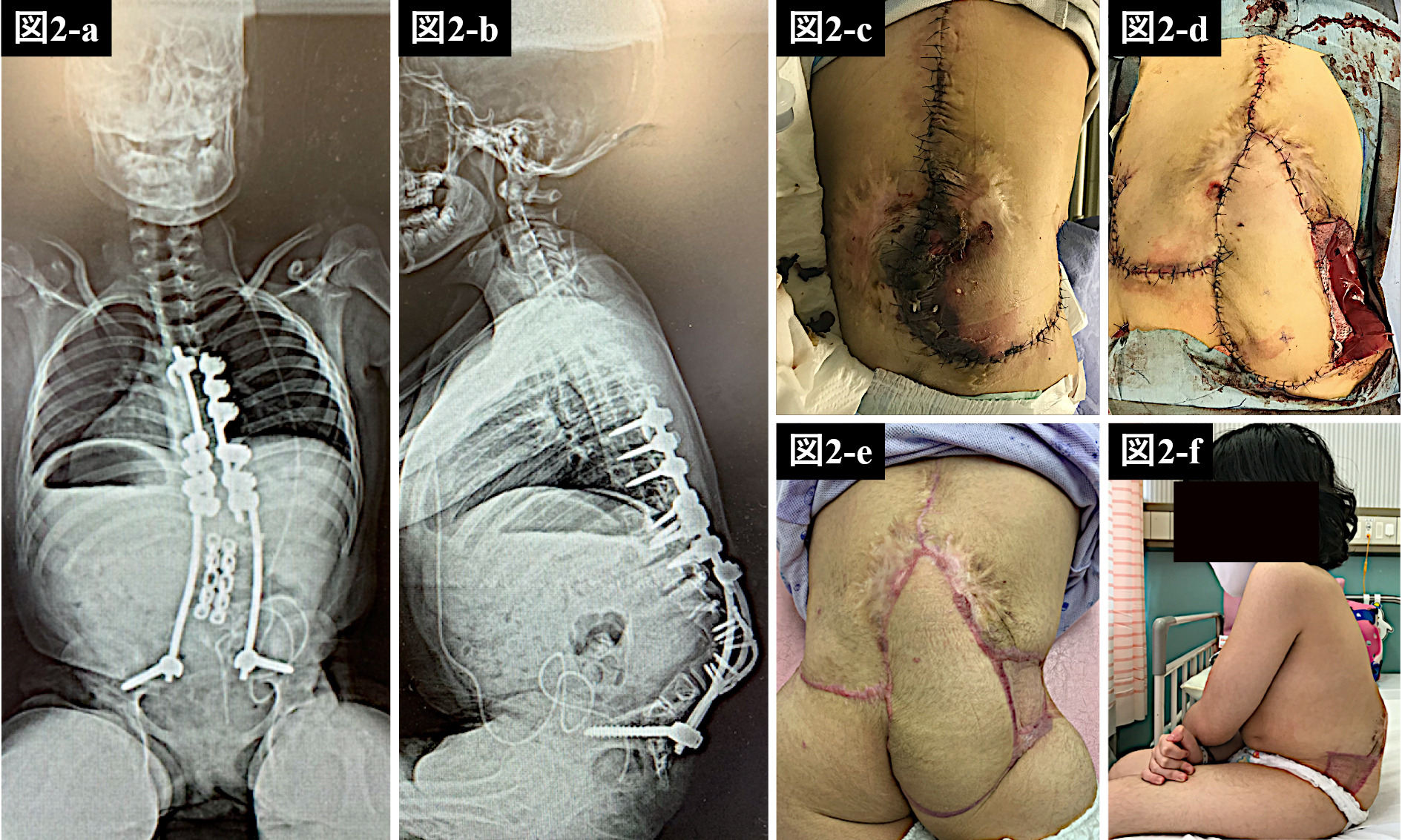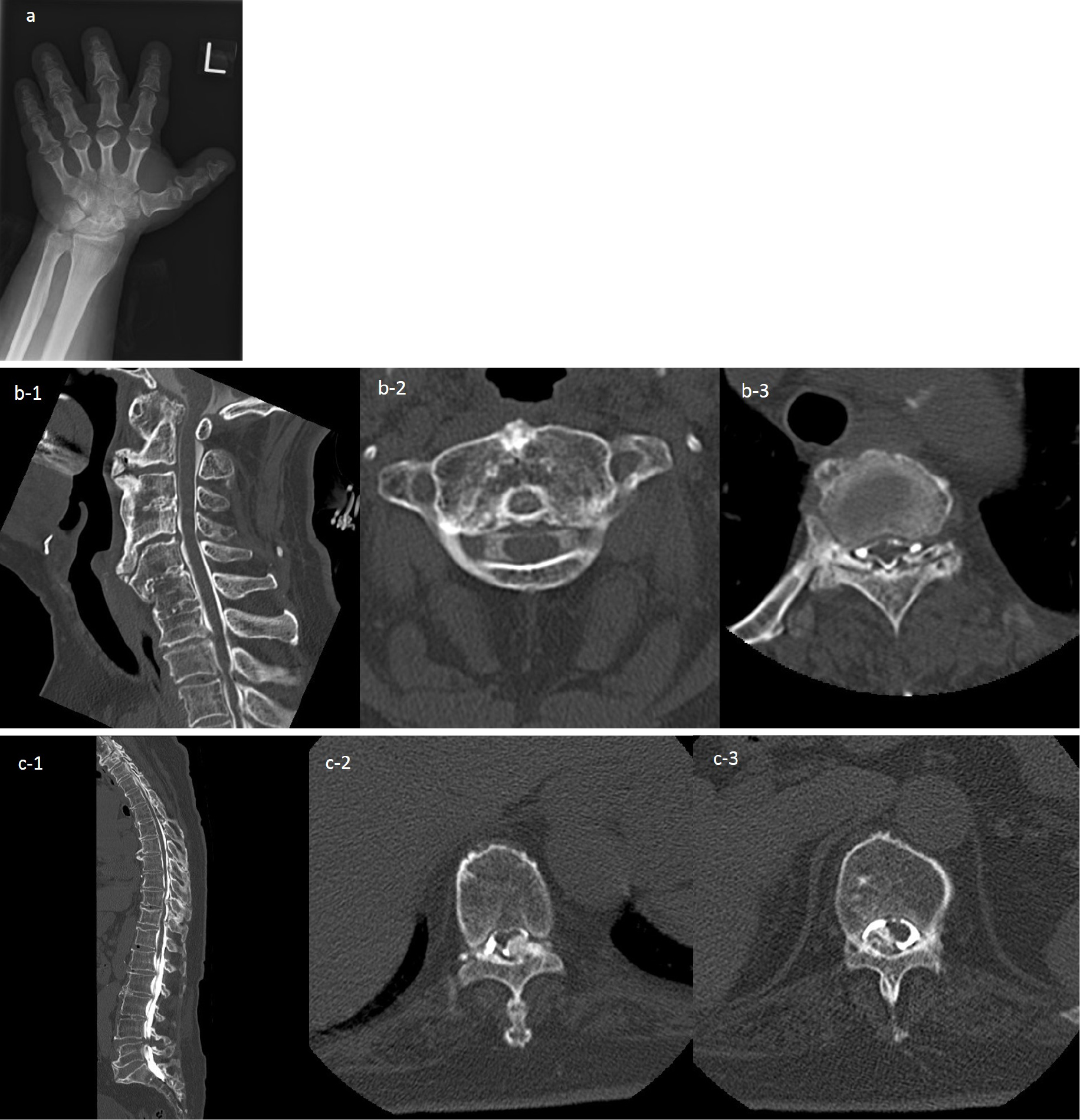Volume 15, Issue 2
Displaying 1-7 of 7 articles from this issue
- |<
- <
- 1
- >
- >|
Editorial
-
2024 Volume 15 Issue 2 Pages 49
Published: February 20, 2024
Released on J-STAGE: February 20, 2024
Download PDF (303K)
Original Article
-
2024 Volume 15 Issue 2 Pages 50-56
Published: February 20, 2024
Released on J-STAGE: February 20, 2024
Download PDF (1498K) -
2024 Volume 15 Issue 2 Pages 57-63
Published: February 20, 2024
Released on J-STAGE: February 20, 2024
Download PDF (1208K) -
2024 Volume 15 Issue 2 Pages 64-70
Published: February 20, 2024
Released on J-STAGE: February 20, 2024
Download PDF (1157K)
Case Report
-
2024 Volume 15 Issue 2 Pages 71-77
Published: February 20, 2024
Released on J-STAGE: February 20, 2024
Download PDF (1894K) -
2024 Volume 15 Issue 2 Pages 78-83
Published: February 20, 2024
Released on J-STAGE: February 20, 2024
Download PDF (1280K)
-
2024 Volume 15 Issue 2 Pages 84
Published: February 20, 2024
Released on J-STAGE: February 20, 2024
Download PDF (292K)
- |<
- <
- 1
- >
- >|





